 |
 |
 |
 |
 |
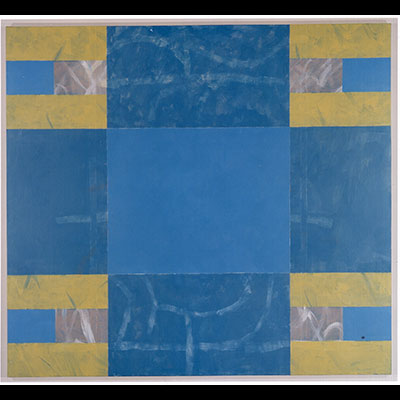
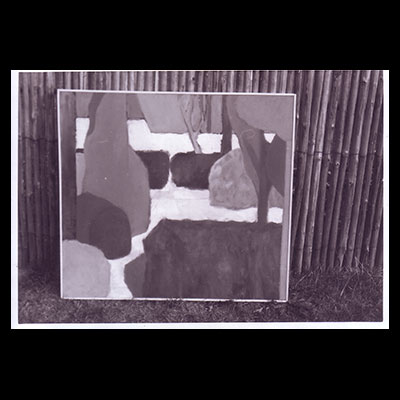
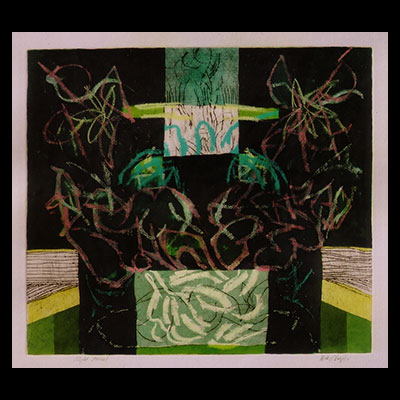
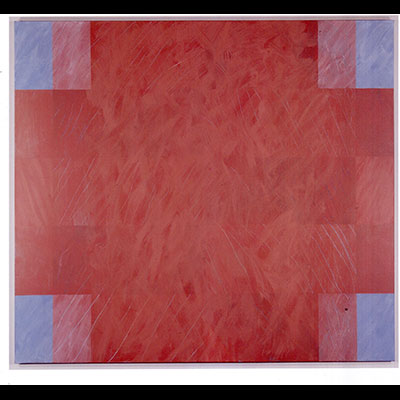
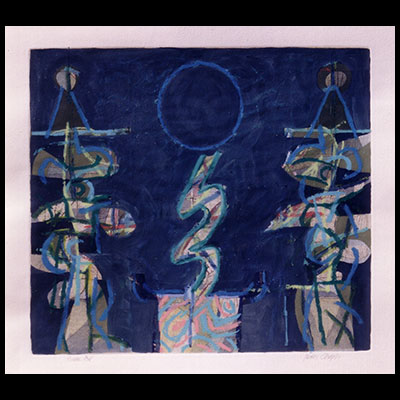
I recall being told when I applied that I should not be a painter unless I couldn't help it. I couldn't. John Heliker was my main instructor: he was one of the most thoughtful, helpful, and enthusiastic teachers I have known. I later had the pleasure of mounting an exhibition of his work at the Drew University Gallery and hosting his visit to Drew. He was at the very center of all that I am grateful to Columbia for.
It was also a treat to spend half my time taking courses of my choice in the Graduate School: Aesthetics courses with Albert Hofstadter, African Art with Douglas Fraser, and Comparative Mythology with Susan Taubes. In the studio, visiting artists Robert Motherwell, Phillip Guston, Jack Tworkov and others discussed our work with us. Well, actually, Motherwell spoke most about whether he or Helen Frankenthaler made their breakfasts. But the vast majority of my time at Columbia was very much to the point: a lot of education packed into one year. In those days you got your MFA when your exhibition and your written thesis (mine on the art and writings of Paul Klee) were approved.
The process of making art is a process of thinking through, of "finding our way in this world of variety," as Paul Klee put it. Thinking through requires a vehicle, a medium. In my work, complex combinations of tightly controlled and freely gestural marks have served as vehicles for explorations. I have always identified with Cezanne's reference to his work as "my researches."
I believe the process of making the painting is simultaneous with, indeed identical with, the thought process. Artists, as Rudolf Arnheim has said, think with their senses: they think in the medium they have in hand. Technique is not a way to externalize thought process already completed: it is, rather, the activity in which the thought develops. My work involves spontaneous activity (I was after all educated by New York School artists in the early 60s), but I work through consecutive stages, some of which involve measurement and ruled lines.
I like puns. I try to restrain myself (and my wife helps) when at the end of each painting process I seek verbal titles. But the art itself inevitably brings about double meanings. Every mark plays its part both on the surface and in the pictorial space, just as musical notes are often both chord-parts and melodic-line-parts. Every element in the painting is a trace of my activity and an instigator of perceptual activity for the viewer, but at the same time it is part of a physical object, which does not literally move. Shifting identities and dynamic interplay make it possible for the paintings to become metaphors for the activity of living. We constantly seek fixed images, yet time moves on.
Working with paint, drypoint needle, or pastel I find myself inevitably in dialogue with what has been done before with these materials. This is true when we perpetuate a traditional approach: it is also true when we make radical changes. It is at one and at the same time a very personal struggle within my own specific situation, and a conversation, with a rich diversity of visual art traditions.
It's hard to pinpoint exactly the influence on my work of our move to New Mexico from New Jersey, a move my wife and I made in 1987. I know it goes beyond the marvelous landscape. Involvement with new people in new contexts has somehow both mixed up and clarified my thinking.
My acrylic paintings, prints and other works on paper are attempts to sort out and come to terms with my experiences. Through making art I can move toward making sense out of the passing scene. Somehow it is important that the making sense can leave its trace in a physical object: an object which then continues to be available to the sense of sight, for my own eyes and mind, and for those of others as well. I would hope that my work might enable you, as viewer, to share in my attempt to grasp, or at least reach some small truce with, what's going on.